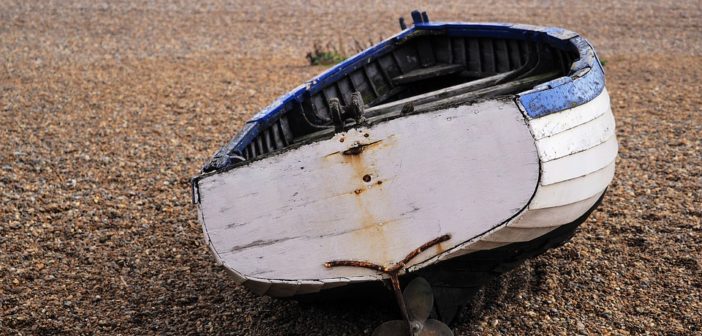If you’re a beginner, getting into deep sea fishing can seem like a daunting challenge. After all, the ocean is enormous and deep, and figuring out where the fish are and how to catch them isn’t always obvious.
Learning to successfully deep sea fish can take some time to perfect, but there are a number of tips and tricks that can ease the learning curve. Here are three pieces of advice that can be the difference between an enjoyable and successful deep sea fishing trip and coming back to shore empty-handed.
1- Consider Chartering for Your First Trip
When planning a deep sea fishing trip, you have two basic options: either charter a boat with a captain and fishing guide, or rent or take your own boat. If you and your party of fishermen are novices when it comes to deep sea fishing, a chartered boat might be the best option.
Without experience and deep sea fishing know-how, the odds of you positioning yourselves to catch fish is quite a bit lower than if you’re paying for a guide who has a proven track record of catching fish. By chartering a boat, you’re leveraging all the experience and expertise of the captain and crew, and learning what works out on the water.
It’s important to do research on the crew and captain, as there are better or worse options out there. A great captain and crew can ensure that your trip is a memorable success. Fortunately, there are a great number of resources available online for researching various charter services. Prices can range from as low as $50 a head to over $500 for more extended journeys.
Eventually, you can transition to going out deep sea fishing without a chartered boat, once you’ve acquired skills and experience to plan all aspects of the trip yourself. But to spare yourself the pains that often come with the learning curve, start out by leaning on the abilities of a chartered crew.
Regardless of whether you’re chartering a boat of going out on your own, make sure that you’re compliant with government regulations. These vary depending on whether you’re fishing in the Atlantic, the Pacific, or elsewhere.
2- Combat Seasickness
For inexperienced ocean boaters, seasickness can be an issue. It’s hard to have as much fun as you’d like if you’re battling nausea and disorientation. For certain people, seasickness won’t be an issue, while for others it will be to some extent unavoidable. Regardless, there are a number of tips and tricks which can drop the odds that seasickness takes away from your enjoyment.
The first things you can do involve the lead-up to and preparation for the trip. Avoid overconsumption of alcohol the night before the trip, as any kind of a hangover can easily become worse due to seasickness. And make sure to pack Dramamine, scopolamine, or other anti-motion sickness medications so that you’re prepared if seasickness does kick in.
Once you’re out on the water, there are another handful of things you can do to lessen the chances of seasickness ruining your trip. One is purely mental: Motion sickness definitely has a mental component to it, and simply focusing on things other than the symptoms can help quite a bit. If you’re dwelling on being sick, this will increase your chances of feeling worse.
Another seasickness remedy is focusing your eyes on the horizon, rather than on the pitching waves or the motion of the boat. Your positioning on the boat can matter too. Try to stay away from the boat engine, as exhaust fumes can increase your levels of nausea.
If you manage to follow the above tips, chances are you’ll be able to keep seasickness from spoiling your trip.
3- Look For Structure
As a general rule, fish love structure. Structure in this case most likely means either reefs or drop-offs. Structure provides fish with shelter from the currents, shade from the sun, and a place to hide from predators, which causes prey fish to congregate in places like that. And where the prey go, the predators follow.
Finding structure may require sonar or other electronic devices to assess the depths of the water, and these electronics can often times be well worth the investment. Fishing near structure is a tried-and-true method for finding fish on a consistent basis.
One thing to be wary of is the fact that the closer to structure you fish, the greater the chances of your snagging your line. While this isn’t an ideal outcome, often times it comes with the territory. To catch fish, you’re probably going to need to fish near structure, and this means snags from time to time. Dealing with the occasional snag is the price you may pay for consistently catching fish.
The above tips are only the beginning in your learning to master the art of deep sea fishing. But starting with those three will give you a solid foundation for successful and enjoyable trips right out of the gate.




